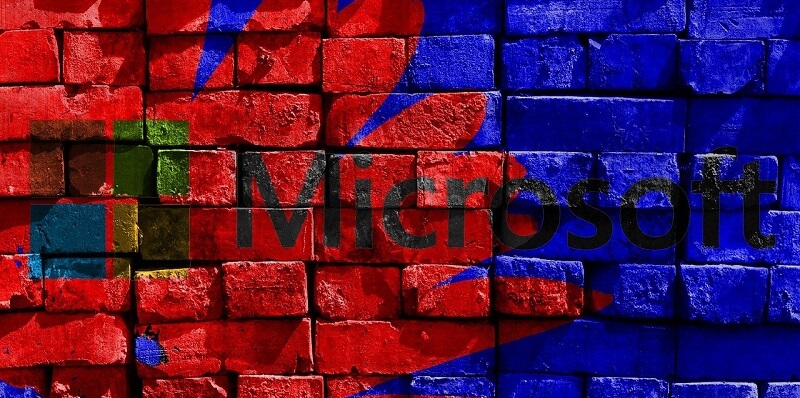Microsoft recently made an exciting announcement regarding its Hotpatch feature, stating that it now works seamlessly with the “Desktop Experience” deployment option for Windows Server 2022 Datacenter: Azure Edition on Azure and Azure Stack HCI. This development is set to bring numerous benefits to organizations responsible for updating virtual machines, eliminating the need for system reboots after applying patches.
Microsoft’s Hotpatch – A Game Changer for Virtual Machine Updates
The Hotpatch feature aims to revolutionize the update process for virtual machines by saving organizations considerable time and effort associated with system reboots. Traditionally, when patches are applied, virtual machines require restarting, leading to service interruptions and potential loss of productivity. However, with Hotpatch, this inconvenience becomes a thing of the past.
Monitoring hotpatch status for Azure virtual machines
For IT professionals utilizing Azure virtual machines, checking the hotpatch status is a breeze. The Azure Portal offers a convenient “VM Overview” section where the hotpatch status can be readily accessed. This overview provides users with valuable insights regarding the implementation and effectiveness of hotpatch for their virtual machines.
Limitations of hotpatching
While Hotpatch may seem like a dream come true for IT teams, it does have its limitations. One crucial aspect to note is that Hotpatch is exclusively designed for Azure virtual machines. On-premises deployments or other cloud platforms are not compatible with this feature.
Availability for specific customers
Furthermore, it is important to highlight that Hotpatch is only available for customers using either the Windows Server 2022 Datacenter: Azure Edition on Azure product or the Azure Stack HCI product. This limitation ensures that Hotpatch retains its optimized functionality within the specified environments.
Enabling hotpatch with the Desktop Experience
Those utilizing the Desktop Experience option must be aware that using Hotpatch requires using new OS images specifically developed for Windows Server 2022 Datacenter: Azure Edition. It should be noted that Hotpatch is enabled by default on these new OS images, providing a seamless experience for users.
Strictly for security updates
Hotpatch specifically targets security updates, providing a proactive approach to ensure the safety of virtual machines. However, it is essential to understand that Hotpatch does not apply to non-security updates such as “.NET updates and non-Windows updates (such as drivers, firmware updates, etc.).” Organizations must employ other methods to handle these types of updates effectively.
Updates not handled by hotpatch
To ensure transparency, Microsoft’s Learn document emphasizes updates that fall outside of Hotpatch’s scope. This includes non-security updates released for Windows, as well as updates for .NET and non-Windows components. Organizations should remain vigilant in implementing suitable measures to address these updates appropriately.
Illustration of the Patch Release Timeline
To further aid organizations in understanding Hotpatch’s integration, Microsoft’s Learn document includes an illustration demonstrating the approximate timeline for baseline Cumulative Update releases and Hotpatch releases. This visual representation provides clarity on the update process, aiding users in strategic planning.
Microsoft’s compatibility of the Hotpatch feature with Windows Server 2022 Datacenter: Azure Edition on Azure and Azure Stack HCI brings a tremendous advantage to organizations responsible for managing virtual machines. By eliminating the need for system reboots after applying patches, Hotpatch streamlines the update process, improving productivity and reducing downtime. While Hotpatch has its limitations and applies exclusively to security updates, its integration into Azure virtual machines presents a significant step forward in enhancing operational efficiency and keeping virtual environments secure.

